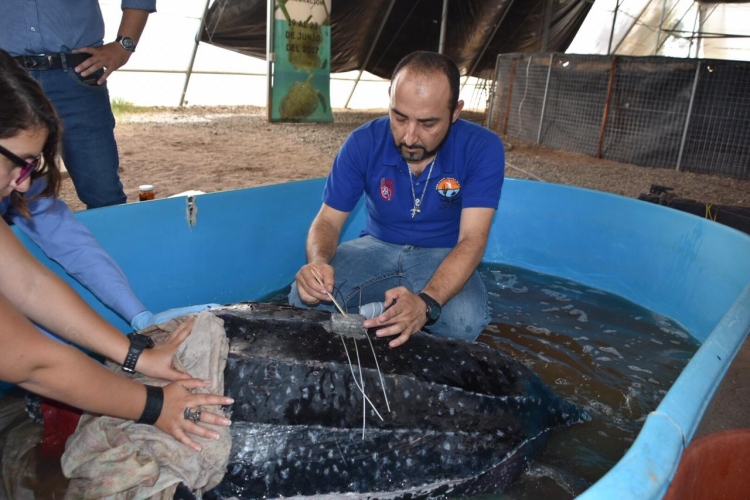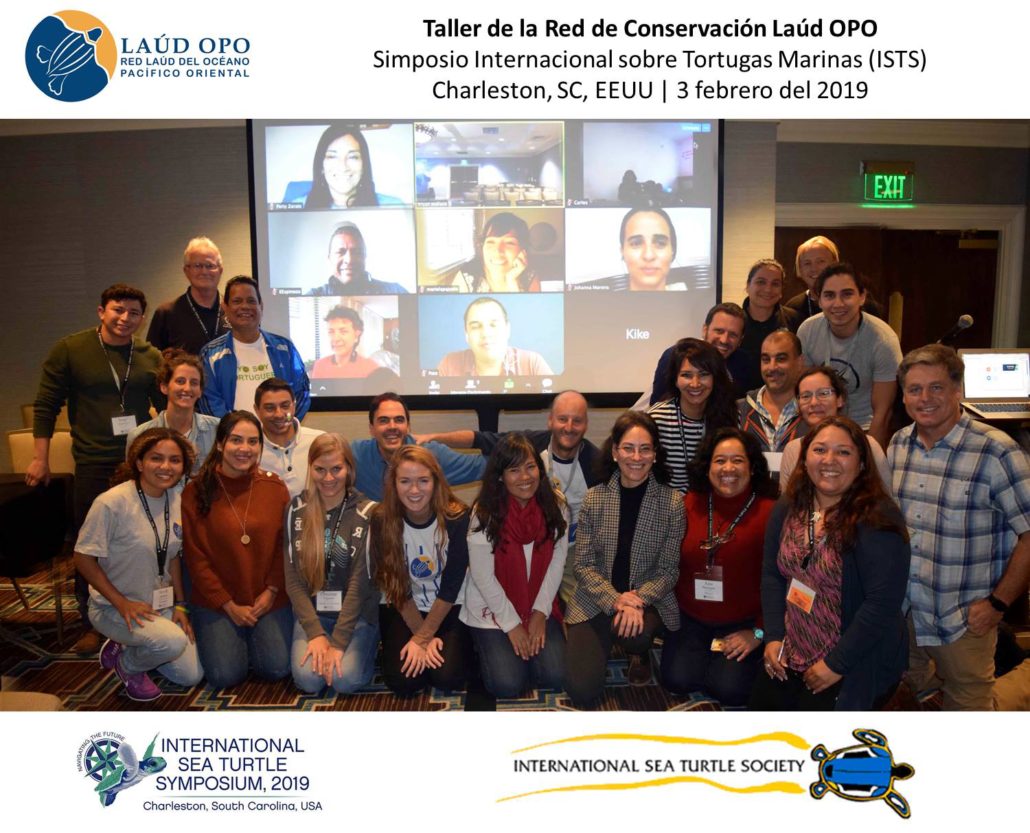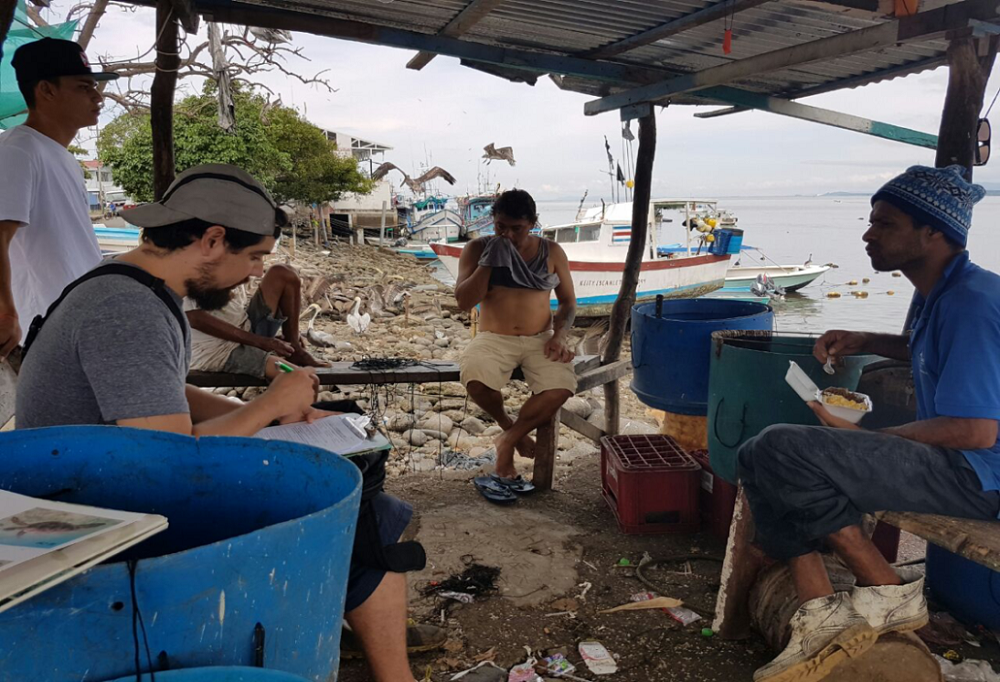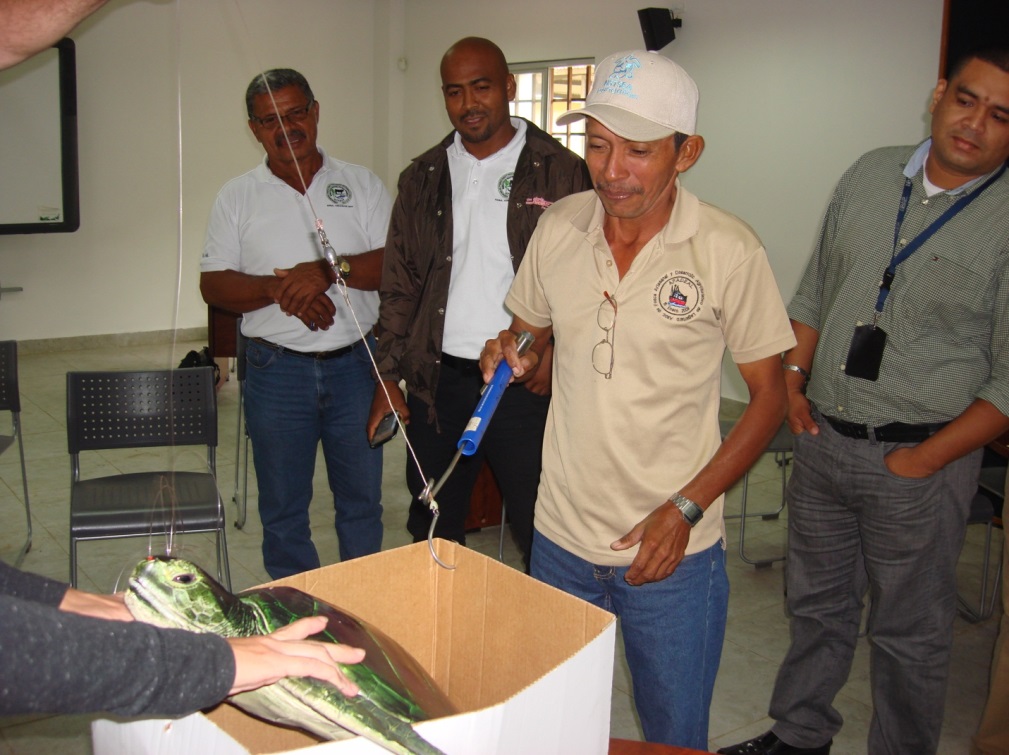
A leatherback released by a collaboration of fishermen, scientists, and government officials in Sinaloa, México
We love to be able to share good news about conservation activities with positive results for leatherbacks and the people

WELCOME TO OUR WEBSITE
We are a group united by a common goal: recovering the leatherback turtle population (Dermochelys coriacea) in the Eastern Pacific Ocean. The Eastern Pacific Leatherback Turtle Conservation Network (Laúd OPO) has members from all over the Americas, from the United States to Chile. Many of these people are scientists, local people, fishermen, and organizations who work towards sea turtle conservation, especially leatherback turtles, along with coastal communities in their own countries.

ABOUT US
THE NETWORK
The Laúd OPO Network was established in 2015, but has roots back to 2012 when more than thirty regional and international leatherback sea turtle biologists, researchers, NGOs, and experts came together to develop a plan to stabilize and recover East Pacific leatherback turtle populations within ten years. Today, the Network includes over 70 members.
THE ACTION PLAN
RECENT POSTS

We love to be able to share good news about conservation activities with positive results for leatherbacks and the people

More than 40 members of the Laúd OPO network convened for our annual workshop, during the International Sea Turtle Symposium

Laúd OPO network extends regional bycatch assessment from South America to Mexico Leatherbacks in the eastern Pacific face threats throughout

Today is Pacific leatherback day! We’re happy to report that the 2018-2019 leatherback nesting season has begun! In September, we

The Regional Plan of Action for the Conservation of the East Pacific Leatherback identified the importance of characterizing and mitigating

In February 2017, fishermen in the northern Gulf of California got an unexpected surprise when hauling in their fishing gear.